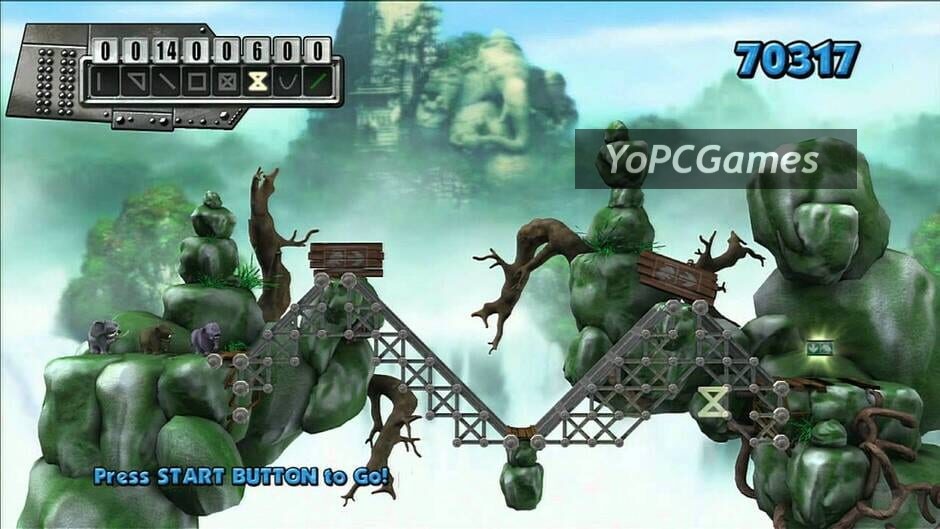
My wife, who isn’t much of a gamer, handled it with aplomb (and not a little enjoyment), and children should find the game particularly delightful and engrossing. At any rate, the game is simple to pick up and play. If one could flick the wand like a paintbrush, that might have been cool, but instead one simply uses the wand to point where one wants to go, and I felt a bit like I was navigating with a tank turret, which wasn’t conducive to the fairytale experience. The game is Move-compatible, and you’d think that the game would lend itself well to the wand, but I discovered (to my disappointment) that I preferred the DS3 controls. All of the trigger buttons do exactly the same thing: hurl paint. The analog sticks control your movement and perspective, just as in any FPS. The game controls are really quite simple. You’re given a blank canvas, but the canvas has an underlying structure waiting to be discovered.

I found this to be quite a satisfying experience.

You may have heard something about the game’s signature mechanic: You adopt a first-person view of an entirely featureless white world, and you press a button to hurl a blob of black paint that splatters on contact, allowing you to make out the geometry of the environment around you. The Unfinished Swan is an austerely beautiful storybook adventure puzzler with some wholly original game play mechanics. In 2008, Sony made a similar deal with Giant Sparrow, and their first title, The Unfinished Swan (released exclusively to PSN on Oct.

Sony gave thatgamecompany a three-title contract that resulted in the fine trifecta flOw, Flower, and Journey. One of the reasons that I really appreciate the company behind our beloved console is that Sony does a fantastic job supporting small, unproven game developers.


 0 kommentar(er)
0 kommentar(er)
